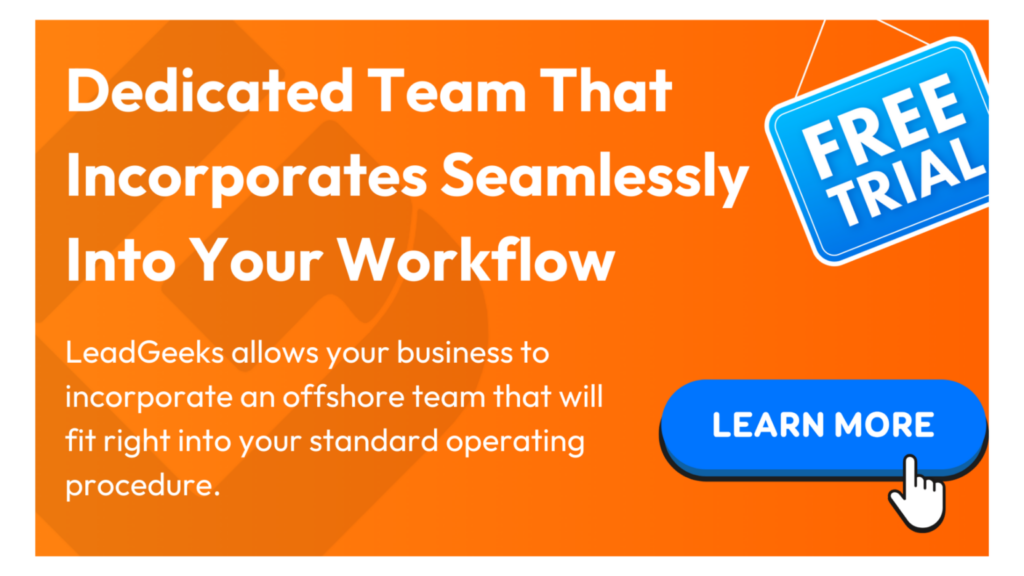Life science companies operate in one of the most complex and competitive B2B environments. Selling solutions to researchers, biotech firms, pharmaceutical companies, and healthcare providers requires a careful balance of scientific credibility, tailored messaging, and strategic outreach. To achieve consistent growth, life science B2B lead generation needs to go beyond ad-hoc campaigns; it must be scalable, structured, and data-driven.
In this article, we’ll explore how to build a scalable life science B2B lead generation process by mapping the buyer journey, leveraging the right tools, and balancing automation with a human touch.
Mapping the Buyer Journey in Life Sciences
Unlike in many other B2B sectors, the life sciences buyer journey is rarely straightforward. Purchases often involve multiple stakeholders; scientists, procurement officers, and department heads, each with unique concerns. To generate leads effectively, you must map the stages of awareness, consideration, and decision-making.
- Awareness Stage: Prospects may not know your solution exists or may only recognize their problem at a surface level. Educational content, such as white papers, webinars, and blog posts, is key here.
- Consideration Stage: Buyers begin comparing options. Detailed case studies, technical datasheets, and ROI calculators can guide them.
- Decision Stage: At this point, trust and credibility are critical. Live demos, reference customers, and pilot programs become powerful conversion tools.
By aligning content and outreach to these stages, your lead generation efforts will resonate more deeply with prospects and shorten the sales cycle.
Tools and Platforms that Streamline Outreach
A scalable life science B2B lead generation process requires the right technology stack. Consider the following essentials:
- Customer Relationship Management (CRM): Platforms like HubSpot or Salesforce centralize lead data and track interactions across touchpoints.
- Email and Outreach Automation: Tools such as Outreach.io or Apollo help automate follow-ups and nurture sequences.
- LinkedIn Sales Navigator: Ideal for identifying decision-makers within biotech, pharma, and research organizations.
- Content Management Systems: WordPress or other CMS platforms allow for seamless publishing of SEO-optimized resources tailored to scientists and procurement professionals.
When combined, these tools ensure your team spends less time on manual tasks and more time building meaningful conversations.
Data-Driven Targeting: ICPs, Segmentation, and Lead Scoring
To make lead generation scalable, you need precision targeting. That starts with defining your Ideal Customer Profile (ICP):
- Industry Focus: Biotech startups, large pharma, CROs, or academic research institutions.
- Buyer Personas: Lab directors, procurement officers, or R&D managers.
- Pain Points: Efficiency in bioprocessing, cost reduction in lab operations, or improved data reproducibility.
Next, segment leads based on these characteristics and apply lead scoring models to prioritize high-value prospects. Criteria can include:
- Job title seniority.
- Engagement with your content (downloads, webinar sign-ups).
- Company growth indicators (funding rounds, new hires, or expansion).
Data-driven segmentation ensures your outreach is focused on prospects most likely to convert, maximizing ROI.
The Role of Automation Without Losing the Human Touch
Automation can help scale, but in life sciences, credibility and trust are everything. Over-reliance on generic automation risks alienating technical buyers. To strike the balance:
- Automate Repetitive Tasks: Use workflows to handle reminders, email sequences, and data entry.
- Personalize Key Touchpoints: Reference a prospect’s research area, publication, or recent company milestone in your outreach.
- Layer AI Assistance with Human Oversight: AI tools can draft messages or summarize research, but human review ensures accuracy and empathy.
This hybrid approach lets you scale outreach without making your messages feel robotic.
Scaling Outreach Without Sacrificing Quality
As you expand lead generation, quality must remain the priority. A few strategies include:
- Tiered Outreach: Dedicate more personalized efforts to high-value accounts while using lighter-touch automation for lower-tier prospects.
- Content at Scale: Repurpose high-performing content—like turning a webinar into multiple blog posts, infographics, and email nurture assets.
- Feedback Loops: Regularly align marketing and sales teams to refine targeting, messaging, and outreach tactics based on real-world feedback.
- Measure and Optimize: Track KPIs such as conversion rates, cost per lead, and average sales cycle length to spot bottlenecks and continuously improve.
By scaling smartly, life science companies can increase pipeline volume without diluting engagement quality.
Final Thoughts
Building a scalable life science B2B lead generation process requires a mix of strategy, technology, and personalization. Mapping the buyer journey, leveraging data-driven targeting, and maintaining a human touch in automation are all critical for success.
When done right, your lead generation engine won’t just deliver more leads; it will consistently bring in qualified prospects who are ready to engage, evaluate, and ultimately invest in your solution.
If you find what you are reading so far interesting, why not check us out to read more? We keep up-to-date with the tips, tricks and strategies of B2B Digital Marketing every single week in our blog! Click here to get started!















Leave a Reply